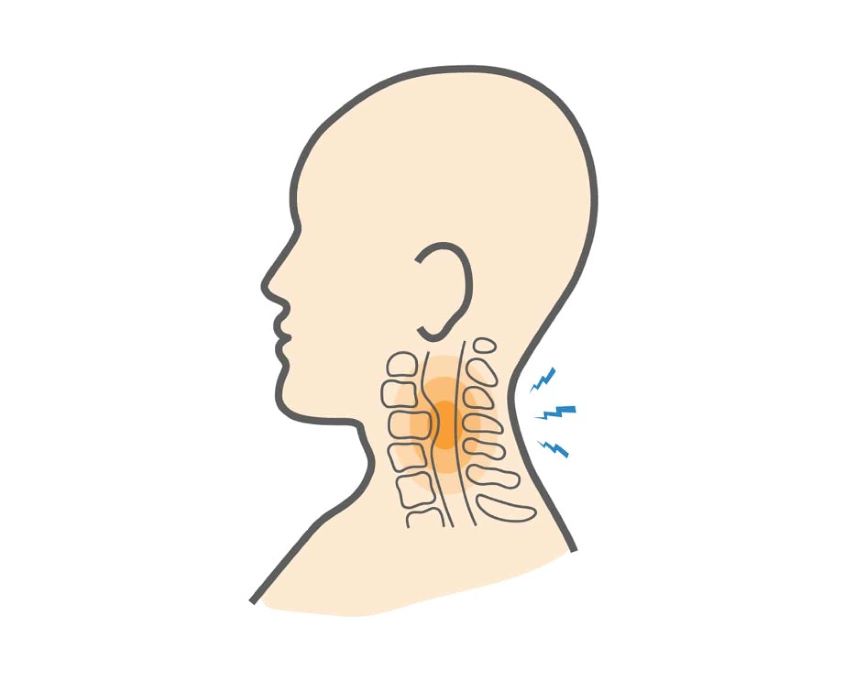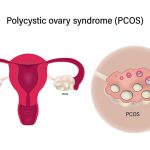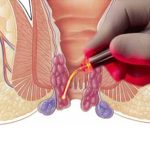Cervical myelopathy is a serious spinal condition caused by compression of the spinal cord in the neck (cervical spine). It is most commonly due to degenerative changes in the spine, such as herniated discs, bone spurs, or spinal stenosis. Left untreated, cervical myelopathy can lead to significant neurological impairment, affecting movement, coordination, and even bladder or bowel function. Early diagnosis and proper medical intervention are essential for preventing permanent damage.
Causes of Cervical Myelopathy
The most common cause of cervical myelopathy is cervical spondylotic myelopathy (CSM), which results from age-related degeneration of the spine. Other potential causes include:
- Herniated Disc: A prolapsed disc at C5-C6 or other levels can press against the spinal cord, leading to symptoms.
- Ossification of the Posterior Longitudinal Ligament (OPLL): Abnormal bone growth in the spinal canal can cause compression.
- Trauma: Accidents, falls, or sports injuries can damage the cervical spine.
- Tumors or Infections: In rare cases, tumors or infections in the spine can lead to myelopathy.
Symptoms of Cervical Myelopathy
Cervical myelopathy develops gradually, and symptoms may vary depending on the severity of spinal cord compression. Common symptoms include:
- Neck pain and stiffness
- Numbness or tingling in the arms and hands
- Weakness in the arms or legs
- Difficulty with fine motor skills, such as buttoning clothes
- Unsteady gait and balance problems
- Bladder or bowel dysfunction in severe cases
Diagnosis of Cervical Myelopathy
A thorough clinical examination is the first step in diagnosing cervical myelopathy. Doctors may assess reflexes, muscle strength, and coordination. Advanced imaging tests are usually required, including:
- MRI (Magnetic Resonance Imaging): Provides detailed images of the spinal cord and any compression.
- CT Scan with Myelography: Useful for evaluating bone-related abnormalities.
- X-rays: Show spinal alignment and degenerative changes.
- Electromyography (EMG) and Nerve Conduction Studies: Help assess nerve function.
Treatment Options
Treatment depends on the severity of symptoms and the underlying cause. Options include:
Non-Surgical Treatment
For mild cases, conservative management may help:
- Physical therapy: Exercises to improve strength and flexibility.
- Medications: Anti-inflammatory drugs or muscle relaxants for pain relief.
- Neck braces: Provide temporary support and reduce strain.
Surgical Treatment
If symptoms progress or do not respond to conservative treatments, surgery may be necessary to relieve spinal cord compression. Common procedures include:
- Anterior Cervical Discectomy and Fusion (ACDF)
- Laminectomy or Laminoplasty
- Cervical Disc Replacement
Conclusion
Cervical myelopathy is a progressive condition that can significantly impact a person’s quality of life. Early diagnosis and timely intervention are crucial to prevent permanent neurological damage. If you experience symptoms such as numbness, weakness, or balance issues, consult a spine specialist promptly. With the right treatment approach, many patients can regain mobility and lead an active life.
For Consultation Contact us on 9158680739 / 9158681123
Website - www.chetnahospital.co.in
Address – Chetna Hospital, Sambhajinagar, MIDC, G Block, Near Rotary Club, Chinchwad 411019
.
.
.
#pune#pcmc#chinchwad#hospital#medical#medicalservices#spinesurgeon#backspecialist#sciatica#sciaticnerve#sciaticapain#sciaticatreatment#spinesurgery#spinespecialist#spinedoctor#backpaindoctor#endoscopicspinesurgery#orthopaedicsurgeon#mistlifsurgery#cervicalpain#spinalcord#rediculopathy#backpainrelief#slippeddisc#spine#neckpain#spinalstenosis#lumberlordosis#backbonesurgery













